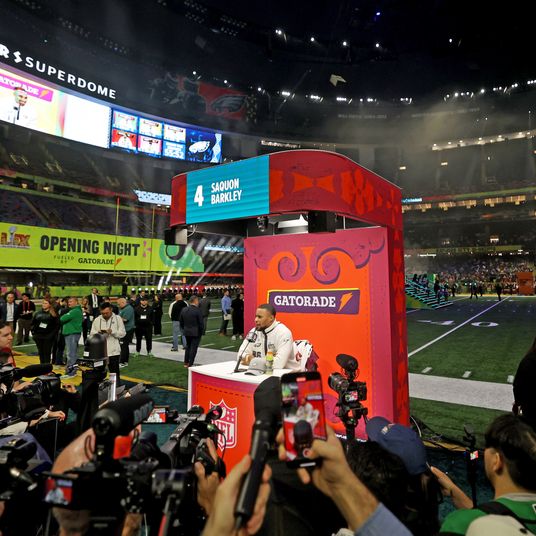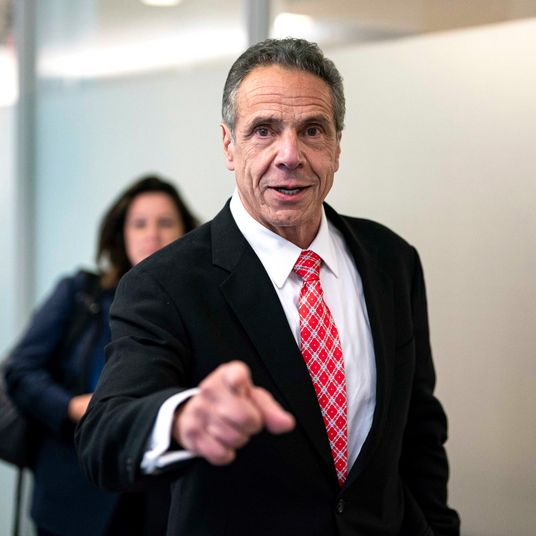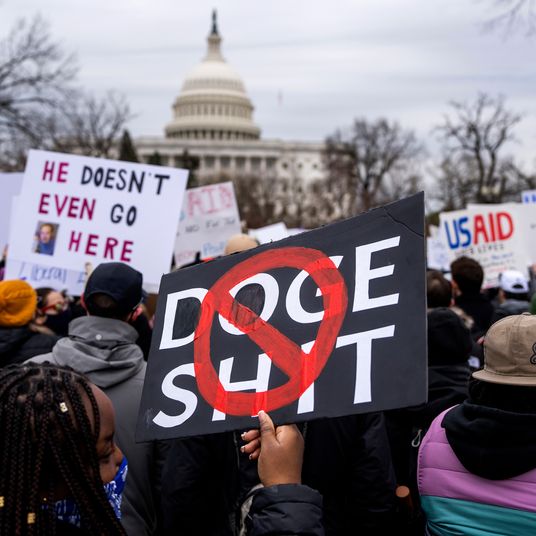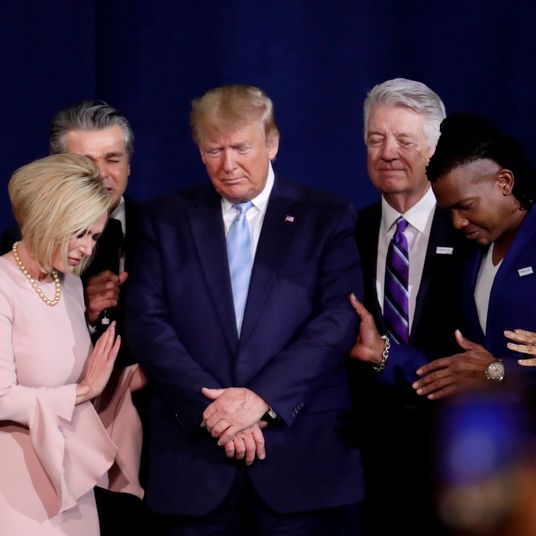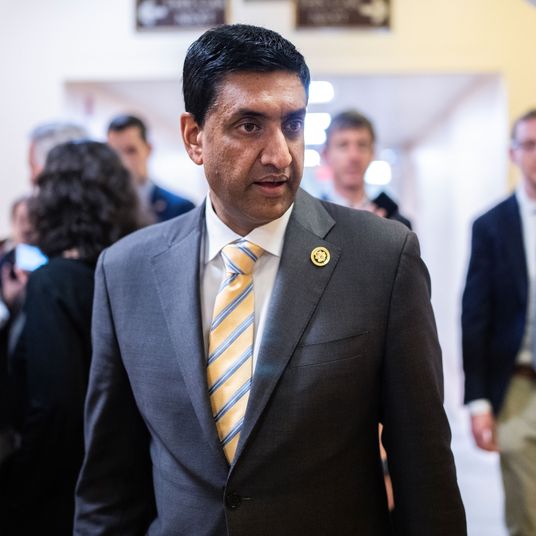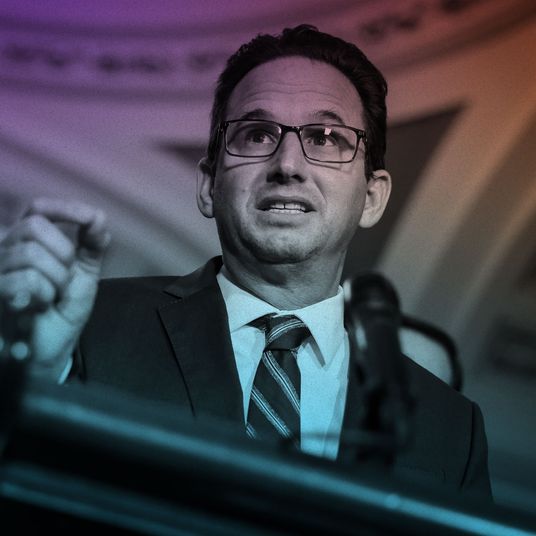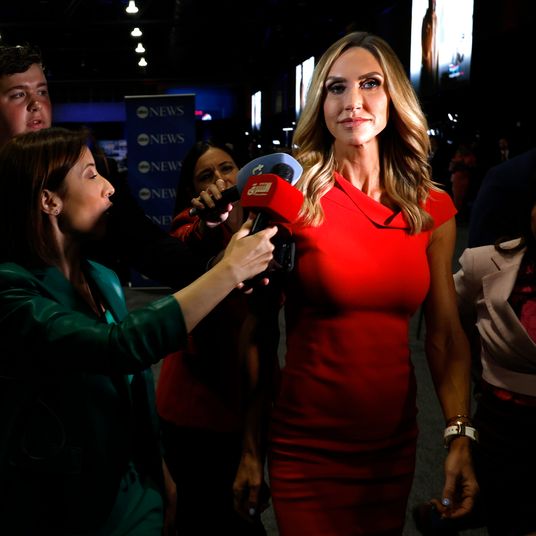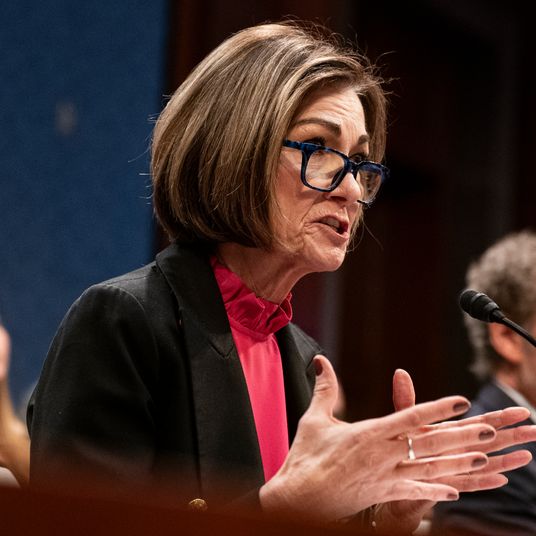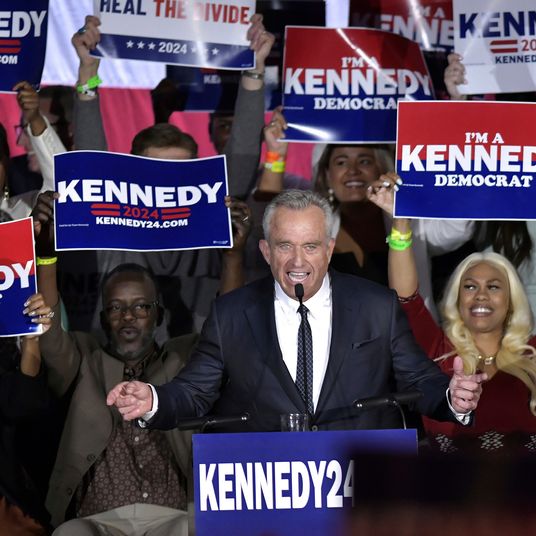
For months now, America’s unemployment rate has been hovering near half-century lows. As of July, there were more job openings than unemployed workers in the United States for the first time since the government began tracking that ratio. Consumer confidence was reaching highs America hadn’t seen since George W. Bush’s first year in office. Just about every metric indicated that American workers were thriving — except for the one that mattered to them most.
Although wages rose over the first seven months of 2018, the Consumer Price Index (CPI) rose by even more: Thus, according to Labor Department data, most workers had lower real hourly earnings this past July than they had during the previous one.
But this week, two new reports cast a sunnier light on America’s wage picture. The first was an analysis from the White House’s Council of Economic Advisers (CEA) that made a plausible case for thinking real wage growth has been far stronger than conventional measures suggest. The CEA’s report shows that when one accounts for the value of non-cash benefits that people make at work, the changing demographic composition of the workforce (as older workers retire and are replaced with younger, entry-level hires, average wages will go down even if no individual worker sees a pay cut), and the benefits from the Trump tax cuts, Americans’ real take-home pay has risen by between 1.4 and 1.9 percent.
There are reasonable objections to the CEA’s methodology. And Trump’s handpicked advisers haven’t proven themselves to be impartial analysts of the economy he presides over. Last February, the CEA projected that the president’s tax cuts would accelerate real wage growth. That hasn’t panned out: Even by the CEA’s preferred measurement, pre-tax compensation was rising faster before the Trump tax cuts passed then it has since.
Nevertheless, the fact that Americans give the economy high ratings in surveys lends credence to the CEA’s claim that most workers’ wages are rising, not falling. The case for believing that Trump’s policies are responsible for America’s favorable economic conditions is weak; the case for believing that American workers are doing better than they have for a long time is strong.
Especially in light of this week’s jobs report: According to Labor Department data released Friday, nominal wages rose by 0.4 percent in August — the best single-month (nominal) wage growth America has seen in nine years. Meanwhile, the economy added 201,000 jobs, enough to keep the unemployment rate steady at 3.9 percent. The one dark cloud in the report is 0.2 percent drop in the labor force participation rate of prime-age American workers. At 79.5 percent, that figure remains far higher than it’s been for much of the past decade, but it’s still significantly below the 81 percent mark it hit at turn of this century.
The best news in the report though, might be this: The number of Americans stuck in part-time jobs despite a desire for full-time ones fell, bringing the percentage of workers who are either unemployed or underemployed down to 7.4 percent, its lowest level in more than decade.
The Trump economy still leaves a lot to be desired. Inequality is high; by any measure, real wage growth is low for an economy with a labor market this tight. But times are getting better — and, happily, the American people seem to recognize how little the president has to do with that fact.






